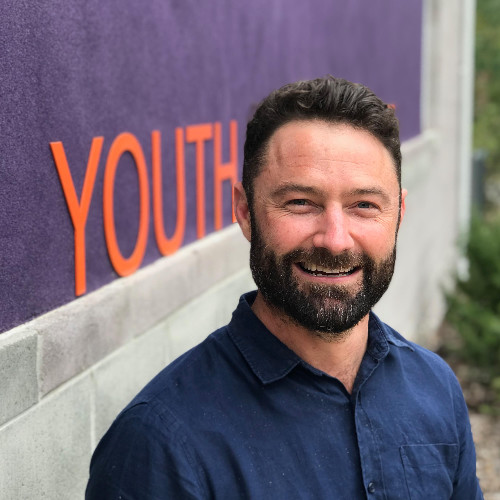
ACT Youth Coalition Executive Director Dr Justin Barker said that ageism continues to impact young people. Photo: Supplied.
Ageism is the most accepted form of prejudice but the least understood form of discrimination in Australia, according to new research from the Australian Human Rights Commission.
The AHRC report found that more than three in five Australians said they were discriminated against because of their age in the last five years.
Age Discrimination Commissioner Dr Kay Patterson said the evidence suggests that ageism is more pervasive and socially accepted than sexism or racism.
“In releasing our report, I call on everyone to think about ageism and how it affects you and those close to you,” Dr Patterson said.
“Every Australian must do what they can to challenge ageist attitudes in themselves and others, so together we can reduce ageism for Australians of all ages.
“Age is not the problem. Ageism is.”
Typical forms of agist discrimination included young adults aged between 18 and 39 being condescended to or ignored, particularly at work; middle-aged people between the ages of 40 and 61 being turned down for a job; and people over the age of 62 being “helped” without being asked because of their age.
Youth Coalition of the ACT executive director Dr Justin Barker said ageism impacts young people due to blanket assertions based on erroneous assumptions.
“What happens to children and young people as they grow older is their capacity, ability, knowledge and accumulation of experience mean that we do discriminate against them differently at different points in their trajectory,” he told Region Media.
“You give them this incremental responsibility based on their capabilities – like booking appointments without your parents, getting your learners licence and being able to vote – which is somewhat responsible, but the problem is we discriminate and condescend against people in ways that are not valid.
“This then informs how people treat each other and become cultural norms and have a very real impact on people’s lives.”
Dr Barker said that a young person’s lack of influence and power makes them susceptible to discrimination, especially at work.
“We think we can get away with treating young people in a particular way because they have less power and less influence,” he said.
“We treat them more poorly in the workplace. The rates of bullying, sexual assault and wage theft disproportionately affect young people, and that is because people think they can treat people this way and go, ‘what are they going to do about it?’ They have less power.”
Dr Patterson said the tension between generations arose from stereotyping, but most Australians rejected the premise of these stereotypes when questioned.
Seventy per cent of Australians disagreed that today’s older generation is leaving the world in a worse state, and fewer than 20 per cent agreed any age group was a burden to their family or society.















